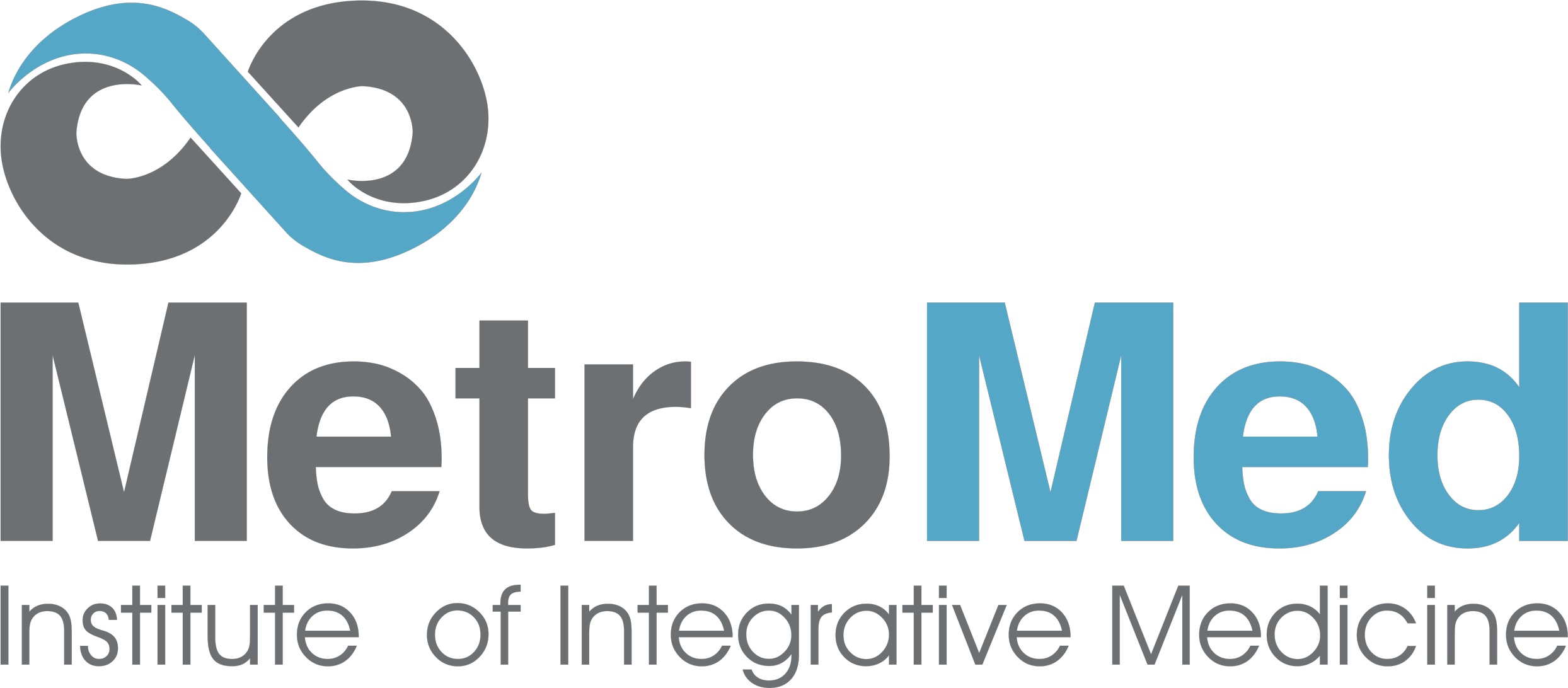Childhood is a time when growth and development is paramount. Growth will continue from the time we are born up until the completion of puberty. During this growth period many structural changes will occur. The spine, arms and legs will grow longer, the hands and feet will grow bigger, and ultimately the body will become taller. This type of growth is referred to as linear growth.
Hormones play a fundamental role in determining the ultimate stature of an individual. To understand how, the mechanism of bone growth should be visited.
Longitudinal bone growth is initiated in an area called the epiphyseal growth plate. These are located at the ends of long bones. Within this region, cells called chondrocytes secrete extracellular matrix that result in new cartilage formation. Blood vessels and bone cell precursors then invade the newly formed cartilage and calcify to form new bone. This process is known as endochondral ossification and it is this action that makes our bones grow longer and lead us to become taller.
Two hormones strictly regulate this process: growth hormone (GH), secreted by the pituitary gland within the brain; and Insulin-like growth factor 1 (IGF-1), produced by the liver upon stimulation by GH.
GH promotes linear growth by signaling stem cells in the growth plate to turn into cartilage and bone producing cells. Similarly, IGF-1 up-regulates chondrocyte proliferation. This means growth hormone increases the population of cells that make bones longer, both directly, and indirectly by increasing IGF-1 production. When there are more cells devoted to building bone inside the body during the growth period, the results are increased height and stronger bones.
Because GH is pivotal in linear growth, in most cases, children who struggle to grow are growth hormone deficient (GHD), meaning the child’s body does not produce enough growth hormone on its own. These children when measured are under the fifty percentile of the normal growth curve for height. They are smaller than other children of the same age and gender. This can lead to mental and physiological complications. Surveys on pediatric populations have associated short stature with predisposition to underachievement, behavior problems, and reduced social competency. In addition, GH has a potent metabolic effect and in untreated children with GHD, studies indicate they are prone to increase in fat mass, cardiovascular risks, and reduction in bone mineral density.
The most effective therapy to correct serious problems associated with GHD and short stature in children is with human growth hormones (HGH). It is well established that HGH therapy can improve the height in short children. By giving very small injection of HGH on a daily basis, a child’s hormone deficiency can be corrected and growth can be improved at the rate of 1-2 or more inches per year.
However, the progress that can be achieved with HGH therapy is age sensitive. At the end of puberty, reproductive glands in both males and females increase the production of estrogen. Estrogen will cause the growth plates of the bone to fuse. The fusion induced by estrogen will close the growth plate and render it unable to respond to growth hormone. This event is responsible for the programmed cessation of linear growth and is why we stop growing. Therefore it best to begin HGH treatment early in childhood when GHD or stymied growth is detected so that maximal height gain can be achieved.
Copyright © 2012 Alex Martin MD & Xin Zhang, Los Angeles
References:
-
- Brook, C. G. D., Peter E. Clayton, and Rosalind S. Brown. Brook’s Clinical Pediatric Endocrinology. 6th ed. Chichester, UK: Wiley-Blackwell, 2009.
-
- Melmed, Shlomo. The Pituitary. 3rd ed. Cambridge, MA: Blackwell Science, 1995.
-
- Weise M, DeLevi S, Barnes KM, Gafni RI, Abad V, Baron J. Effects of estrogen on growth plate senescence and epiphyseal fusion. Proc Natl Acad Sci USA. 2001; 98:687-6876
-
- Ross J, Czernichow P, Biller BM, Colao A, Reiter E, Kiess W. Growth hormone: health considerations beyond height gain. Pediatrics. 2010;125:e906-e918


